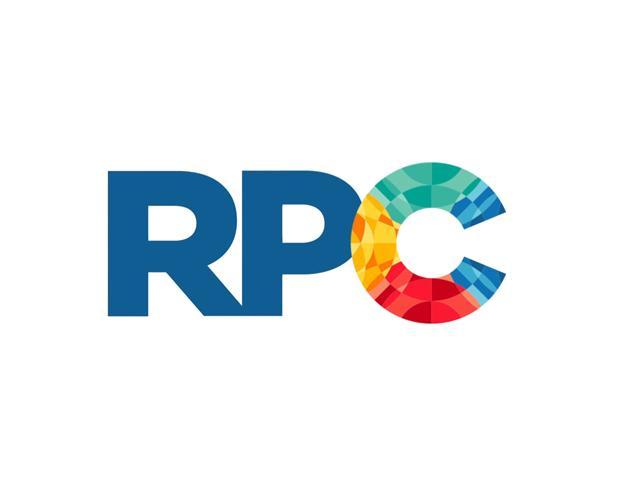项目实训个人周报7

项目实训个人周报7
琴生转换为Alpaca数据集和Json格式用于模型训练和微调
之前得到了csv格式的数据集,而模型训练和微调需要用到json格式,于是进行转换。下面是代码:
1 | import pandas as pd |
- 读取CSV文件:使用Pandas读取
cleaned_translated_train.csv文件。 - 构建JSON格式数据:对于数据框中的每一行,创建一个字典,其中
instruction键对应问题列的内容,input键为空字符串,output键对应答案列的内容。 - 保存JSON数据:将构建的JSON数据列表保存到名为
data_for_training.json的文件中,使用json.dump进行序列化,保持格式化输出以提高可读性。
多个处理好的Json文件进行拼接,用于最后的Lora微调和Rag向量化
1 | import json |
- 导入所需的库:使用
json进行数据的序列化和反序列化,使用os来处理文件和目录路径。 - 设置文件目录:所有的JSON文件都放在名为
json_files的目录中。 - 读取JSON文件
- 使用
os.listdir()遍历指定目录中的所有文件。 - 检查文件扩展名是否为
.json,确保只处理JSON文件。 - 对于每个JSON文件,打开并使用
json.load()读取内容,然后将这些内容添加到all_data列表中。
- 使用
- 写入合并后的JSON数据
- 所有文件的数据被存储在
all_data列表中,该列表包含了从每个文件读取的数据。 - 使用
json.dump()将这个列表写入一个名为combined_data.json的新文件中,设置ensure_ascii=False来支持非ASCII字符,indent=4提供了格式化的输出,使得JSON文件易于阅读。
- 所有文件的数据被存储在
评论
匿名评论隐私政策
✅ 你无需删除空行,直接评论以获取最佳展示效果







